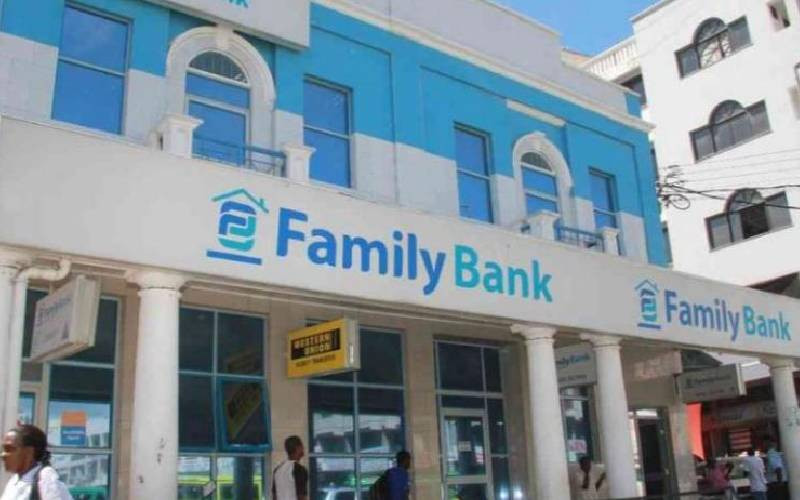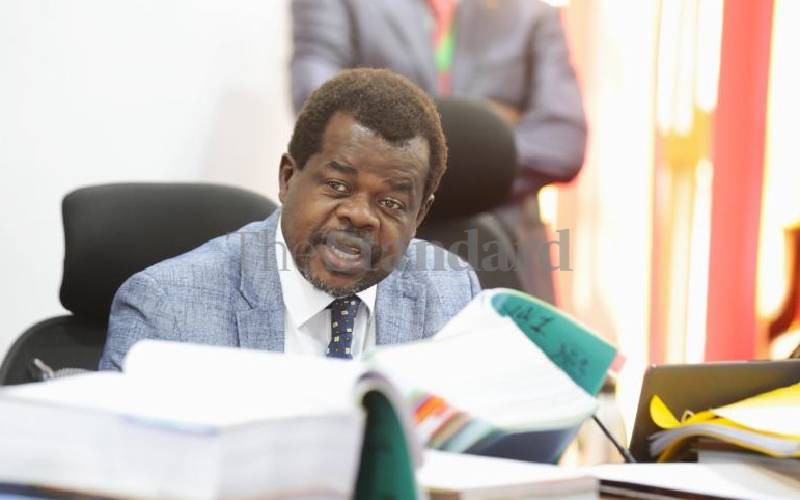By Luke Anami
Plans are underway to create a regional Central Bank, a meeting in Arusha was told. The East African Community (EAC) Central Bank is expected to oversee the smooth functioning of a single currency under the Monetary Union to be signed later this year.
“A task force is working on the final articles that will form the EAC Monetary Union. We are also working on institutions that will operationalise the Monetary Union once it is signed. That includes an EAC Central Bank,” Dr Enos Bukuku, EAC Deputy Secretary General in charge of Infrastructure and Planning said when he opened the East African Business Council media networking forum in Arusha last week.
Common currency
Central banks from the five member states of the EAC are already looking at harmonising their banking systems to pave way for the Monetary Union.
The establishment of an EAC Central Bank is expected to among other roles stabilise and manage a single EAC currency that is to be in place through the Monetary Union. “Our journey to a single currency through EAMU will get us to the EAC Central Bank, which will be in charge of monetary policy just as Treasury is in charge of fiscal policy,” he explained.
“An EAC Central bank will borrow from the European Union that already exists and practices from other unions.”
Central Bank plays a key role in payment arrangements or systems. By sharing a common currency, the individuals of a community have in common a measure of economic value, a means to store value and a set of instruments and procedures to transfer the value. “The EAC Heads of States Extra Ordinary summit held last month directed that all articles forming the EAMU protocol be concluded and ready for signing by November this year.
I wish to inform you that that process of establishing the EAMU is in progress but will require to build a number of institutions to oversee the implementation,” said Dr Bukuku. Bukuku revealed that after the signing of the EAMU protocol, the High Level Task Force negotiating has identified a 10-year implementation period where laws, regulations and institutions that will ensure a smooth functioning single currency are put in place.
“Experts of the draft need a 10-year preparatory period. We have to reach the Macro-economic convergence, create necessary institutions, pass necessary laws for EAMU to work, and ensure that statistics among other monetary requirements are accurate and working.”
EABC CEO Andrew Luzze called for the collaboration of the media in dissemination of information within the EAC.
Customs Union
“Many barriers still exist in the EAC yet the media are not aware. We encourage collaboration with the media to help sensitise the people on the need for EAC integration, report on them for their removal among other EAC matters,” Luzze said during the networking with business reporters organised under the auspices of the East African Business Council, GIZ and the EAC secretariat to mark this year’s EABC Annual General Meeting.
The EAC is guided by the Treaty that came into effect in 1999 and provides for the stages of integration process as Customs Union, Common Market, Monetary Union and Political Federation.
The first pillar, the Customs Union, started in 2005 in a progressive approach up to 2010 when the EAC entered into a fully fledged Customs Union. Currently efforts are underway to make the EAC into a single Customs territory with a single customs authority.
Stay informed. Subscribe to our newsletter
The second EAC pillar, the Common Market Protocol came into force in July 2010 and will be implemented in a progressive approach until December 31, 2015.
When fully implemented the four freedoms will be realised including movement of people and capital.
 The Standard Group Plc is a
multi-media organization with investments in media platforms spanning newspaper
print operations, television, radio broadcasting, digital and online services. The
Standard Group is recognized as a leading multi-media house in Kenya with a key
influence in matters of national and international interest.
The Standard Group Plc is a
multi-media organization with investments in media platforms spanning newspaper
print operations, television, radio broadcasting, digital and online services. The
Standard Group is recognized as a leading multi-media house in Kenya with a key
influence in matters of national and international interest.
 The Standard Group Plc is a
multi-media organization with investments in media platforms spanning newspaper
print operations, television, radio broadcasting, digital and online services. The
Standard Group is recognized as a leading multi-media house in Kenya with a key
influence in matters of national and international interest.
The Standard Group Plc is a
multi-media organization with investments in media platforms spanning newspaper
print operations, television, radio broadcasting, digital and online services. The
Standard Group is recognized as a leading multi-media house in Kenya with a key
influence in matters of national and international interest.








